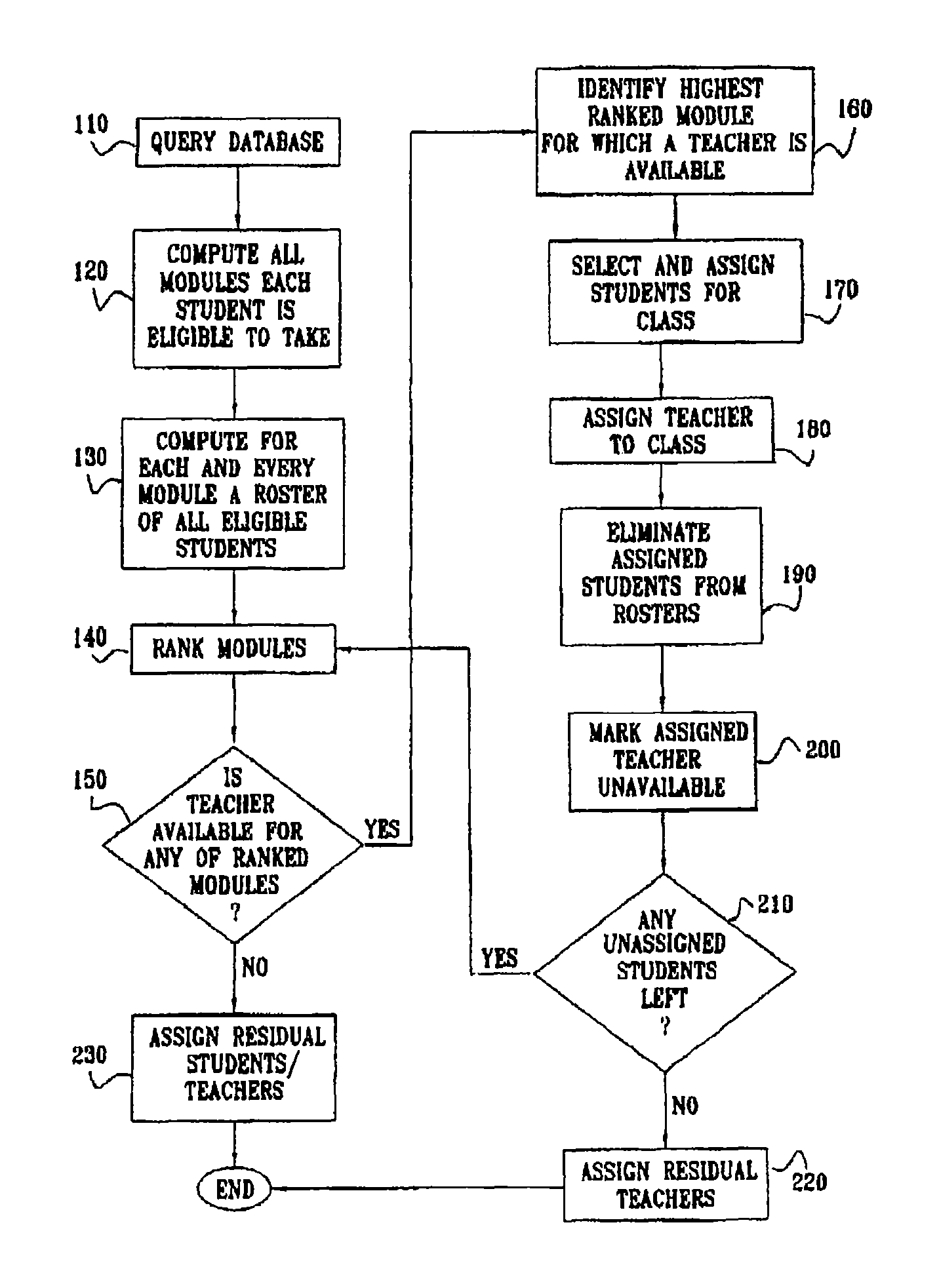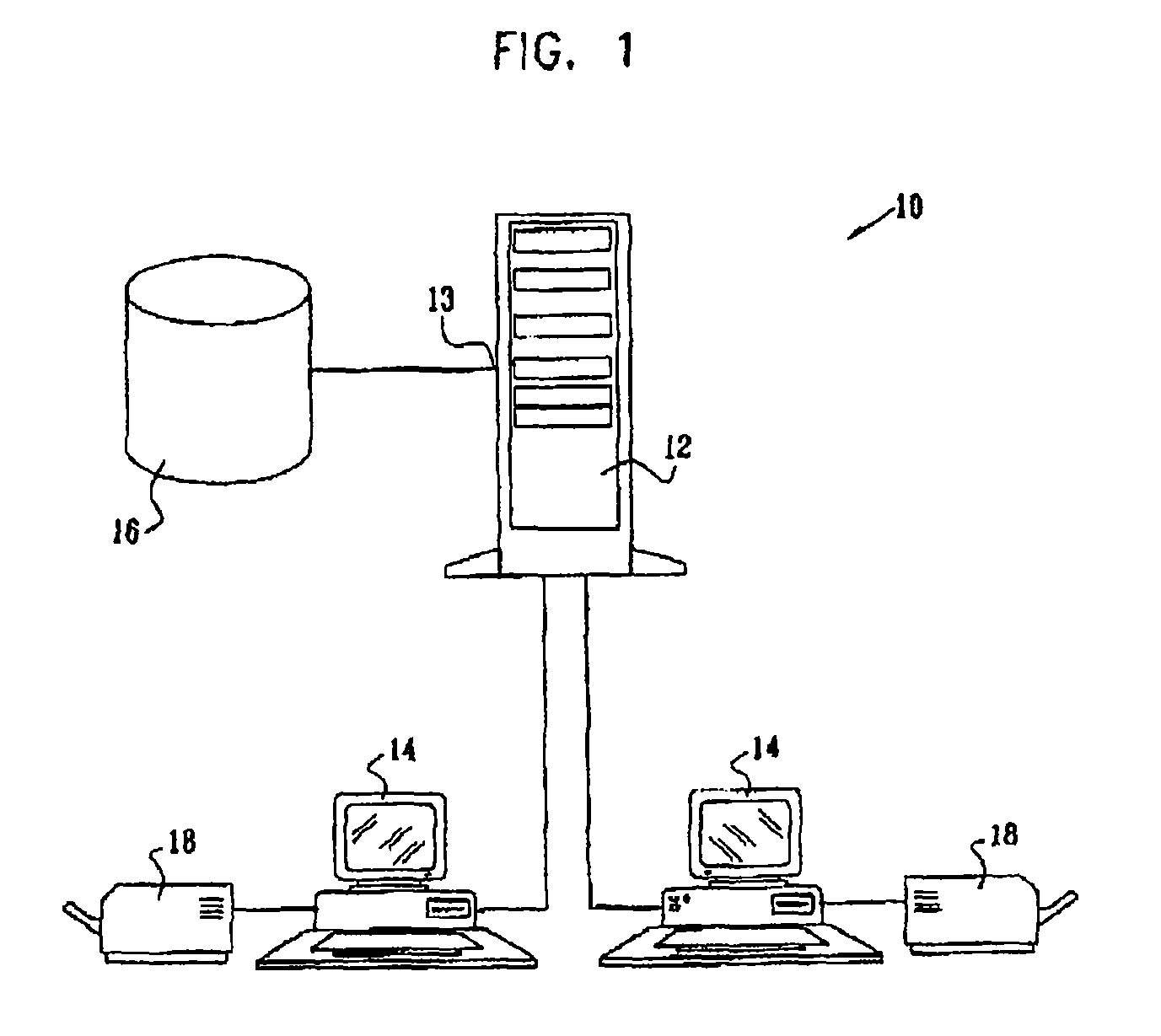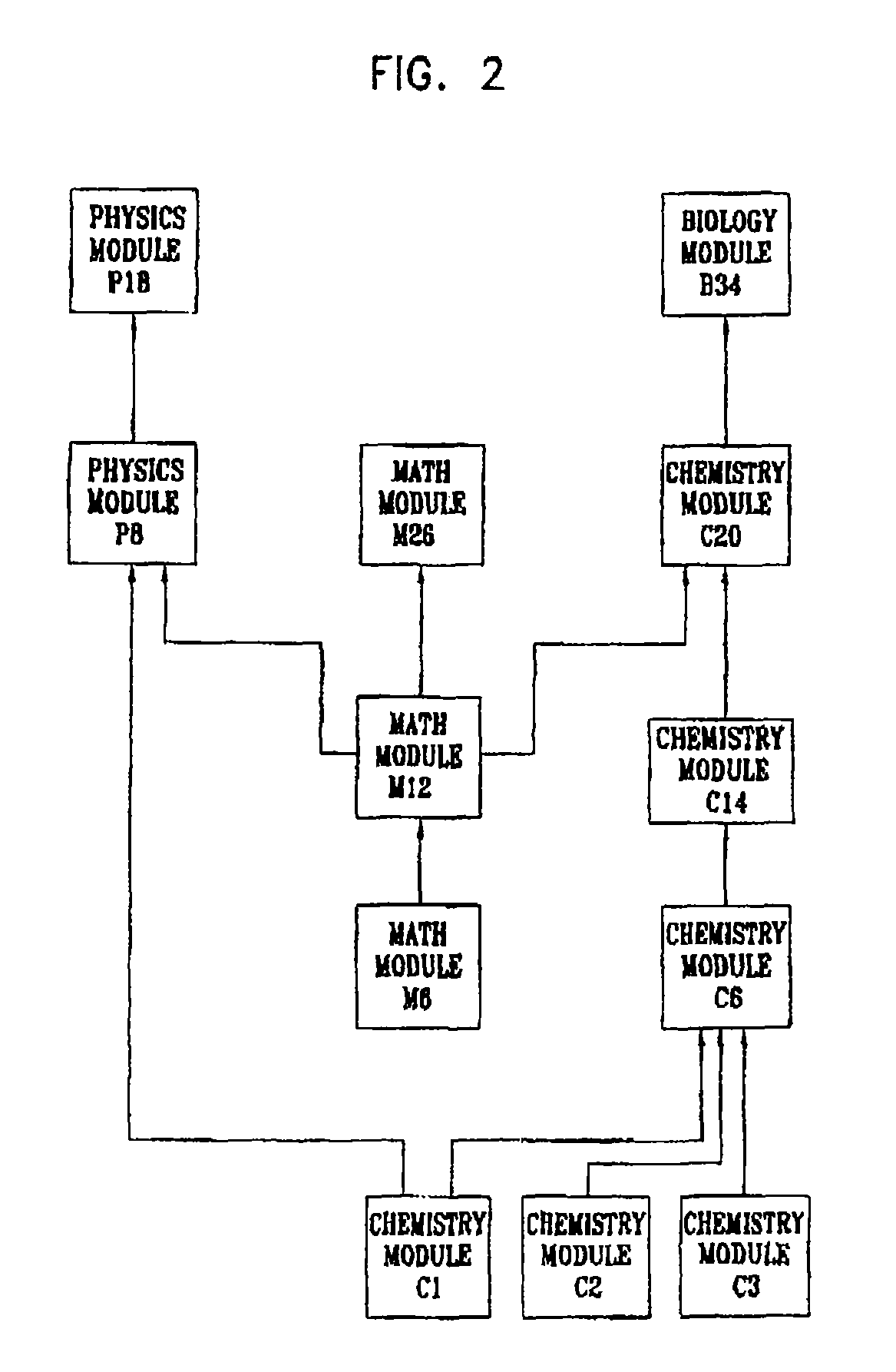It has long been recognized that the structure of traditional educational institutions is not conducive to optimizing the quality of the teaching and the learning that take place in them.
As a result, most students over time develop serious gaps in mastery of the
knowledge base that the curriculum represents.
In traditional educational institutions, many of the students grouped together in the same class are often unprepared to learn the topic at hand, because of the large number of gaps they have accumulated in their knowledge
repertoire.
This is a major problem for teachers, who are compelled to teach to multiple levels of students at the same time.
To
handle this, teachers sometimes try to subdivide their classroom into smaller groups, but this is generally an inadequate solution, since it means the teacher cannot focus on the entire class at once.
In any event, even subdividing into groups will not necessarily put all the students within a group at the same skill or knowledge mastery level.
An additional reason why teaching and learning in most traditional educational institutions is far from optimum is that the curriculum units are too large.
However, in traditional educational institutions, almost all curriculum units are spread over equally large blocks of time, sometimes whole semesters or quarters, and teachers often have little flexibility to focus on and emphasize the core skills and units of knowledge.
Another flaw in the structure of traditional educational institutions is the way in which both teachers and students are assigned to their classes.
Yet, traditional educational institutions do not take these factors sufficiently into account when assigning students and teachers to classes.
Most educational institutions do not maintain any records correlating student success with particular teachers, and even were they able to maintain such records, existing scheduling
software, the rigid curriculum structure, and the large sizes of the classes make it difficult to use such information effectively for the benefit of the students and the teachers.
Because of their
rigid structure, most traditional educational institutions do not allow for the possibility of students proceeding individually through the typical semester-long curriculum, e.g., at substantially varying rates.
This may work reasonably well for the “average” student in a particular subject, but affords little room for
accommodation both for the more intelligent and / or more motivated students on the one hand, and the slower and / or less motivated students on the other hand.
As a consequence, the better students are often not able to reach their full learning potential, and the slower students are not accorded the special attention that they need.
The structure of traditional educational institutions has also contributed to the unhealthy phenomenon of “social promotions,” especially in elementary and secondary schools, whereby students who have not mastered even the core curriculum of one grade level are allowed to “pass” and move on to the next higher grade level.
This practice merely deepens the difficulties facing teachers who are compelled to teach large numbers of students grouped together in their classes having multiple skill and knowledge levels, and who are not capable of learning the same material at the same pace.
This occurs not only because students advance based upon an overall passing grade, but also because they may miss classes due to illness or other necessities of life, they may have poor rapport with a particular teacher, or they may fail to master material for a variety of other reasons.
“Getting by” often becomes the norm, and even students who excel in general may not
master key components of a specific course.
However, not all curricular subjects lend themselves well to this type of instructional format.
In addition, individualized, computer-based instruction cannot provide important elements of the educational process which are provided by the traditional structure of educational institutions, not the least of which are the personal
impact and role modeling of a really good teacher, and the socializing
impact of the school room and the school campus.
Moreover, for political, social and economic reasons, it is simply not possible to completely abandon the traditional educational
structure based upon group learning in a classroom in favor of an educational process that is based totally on individual learning and computer-assisted instruction.
They are therefore relatively expensive, and require substantial infrastructure.
For this reason, they are generally not available to populations in the third world and are still not universally available even in more developed countries.
Online classes have other disadvantages, such as less direct personal contact with teachers, and, generally speaking, more limited socialization experiences with fellow students.
Human person-to-person feedback is an essential part of the educational process, and even high-end online classes (which involve high-speed video links) cannot fully provide such feedback.
Online education may try to emphasize
human interaction through chat rooms and similar technologies, but cannot fully replace the pedagogical benefits of direct human contact.
These systems are focused most heavily on
online learning and therefore have the limitations described above (e.g.,
high speed video online technology is generally limited to marketing to corporations because of its expense).
 Login to View More
Login to View More  Login to View More
Login to View More 


